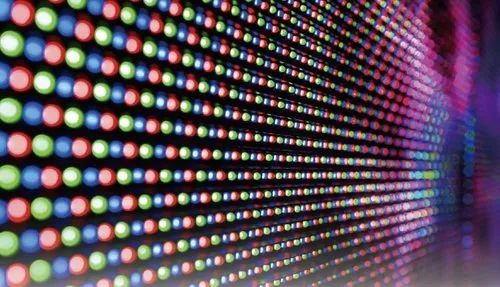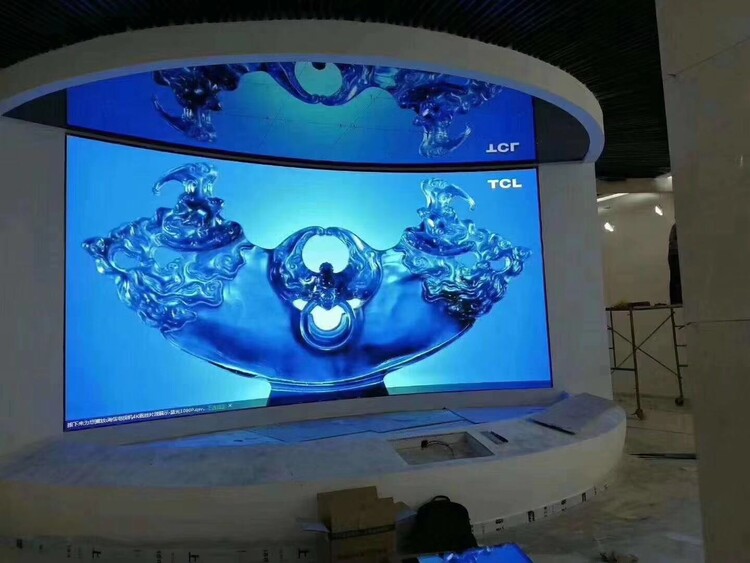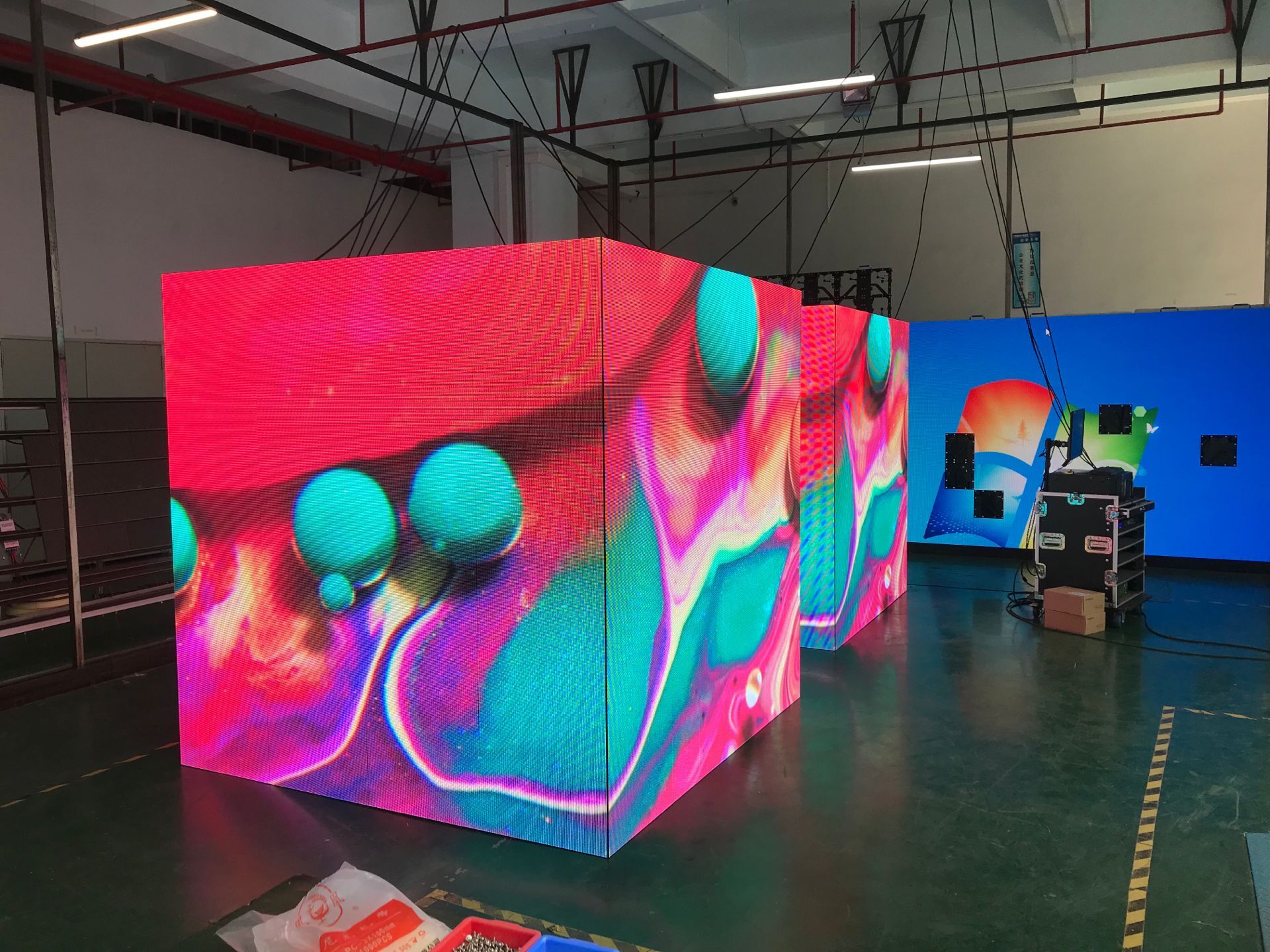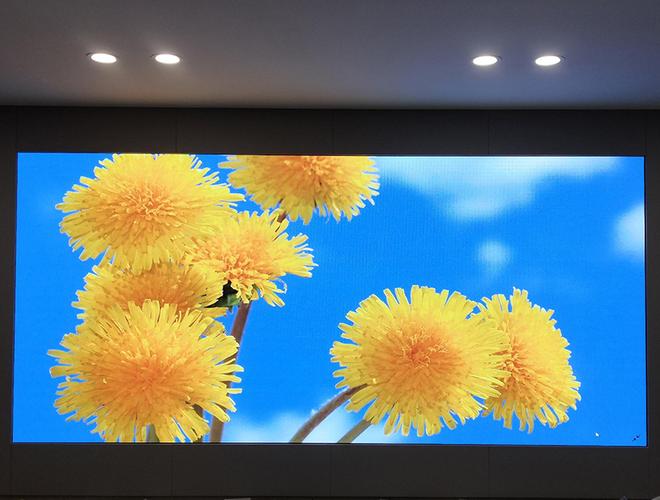With the rapid development of the LED display screen industry, LED displays are also increasingly favored by people. As a novice, how can distinguish the quality of LED displays?
Brightness

Brightness is the most important indicator of LED display screens, which determines whether the LED display screen can display high-definition images. The higher the brightness, the clearer the image displayed on the display screen. At the same resolution, the lower the brightness, the more blurry the image displayed on the display screen.
The brightness of LED display screens is usually measured by the following indicators:
In indoor environments, it should reach 800 cd/㎡ or above;
In outdoor environments, it should reach 4000 cd/㎡ or above;
Under different weather conditions, the LED display screen should ensure sufficient brightness and be able to work continuously for more than 10 hours;
In the absence of wind, the LED display screen should not exhibit uneven brightness.
Colour

The colors of LED display screens mainly include: color quantity, grayscale level, color gamut size, etc. Due to differences in color purity, each color has its own quantity and grayscale level, and we can choose different colors according to different needs. The grayscale level is also one of the important indicators that affect the quality of LED display screens. It represents the brightness and darkness contained in a color. The higher the grayscale level, the finer the color, and it will feel clearer when viewed. Generally, LED display screens display a grayscale level of 16, which can be used to determine whether the quality of LED display screens is excellent.
Luminance uniformity

The brightness uniformity of LED display screens refers to whether the brightness distribution between adjacent units is uniform during full-color display.
The brightness uniformity of LED display screens is generally judged through visual inspection, which compares the brightness values of each point in the same unit during full-color display with the brightness values of each point in the same unit during different full-color displays. Units with poor or poor brightness uniformity are usually referred to as "dark spots". Special software can also be used to measure the brightness values between different units. Generally, if the brightness difference between units exceeds 10%, it is considered a dark spot.
Due to the fact that LED display screens are composed of numerous units, their brightness uniformity is mainly affected by the uneven distribution of brightness between units. Therefore, special attention should be paid to this issue when choosing.
Viewing angle

Visual angle refers to the maximum angle at which you can see the entire screen content from both sides of the screen. The size of the viewing angle directly determines the audience of the display screen, so the larger the better. The visual angle should be above 150 degrees. The size of the viewing angle is mainly determined by the packaging method of the tube core.
Color reproduction

Color reproduction refers to the variation of the color of LED display screens with changes in brightness. For example, LED display screens display high brightness in darker environments and low brightness in brighter environments. This requires color reproduction processing to make the color displayed on LED display screens close to the color in the real scene, in order to ensure color reproduction in the real scene.
The above are the precautions we need to take when choosing LED display screens. As a professional LED display screen manufacturer, we are confident and capable of providing you with high-quality LED display screens. So, if you have any purchasing needs, please contact us directly and we will reply to you as soon as possible. Looking forward to working with you!
Post time: May-14-2024




